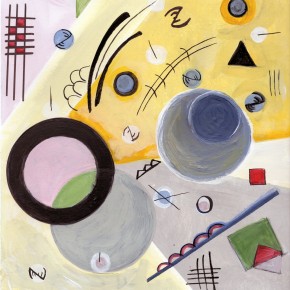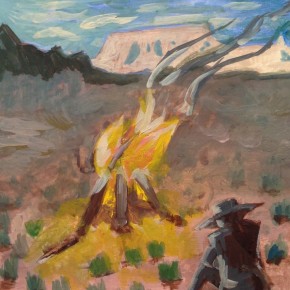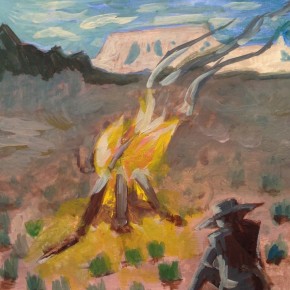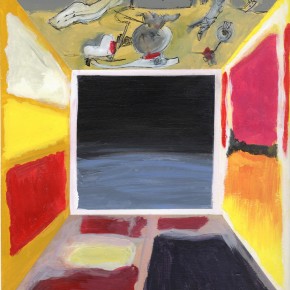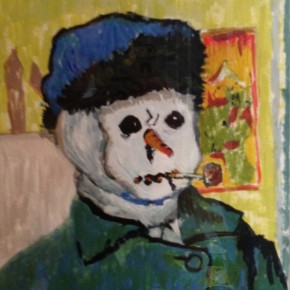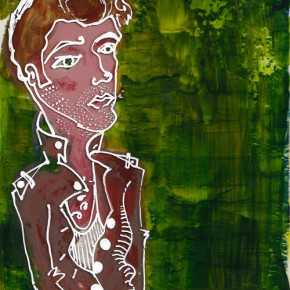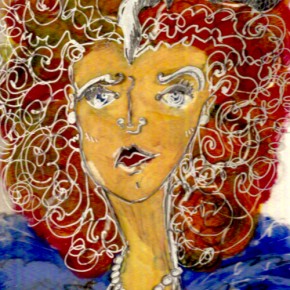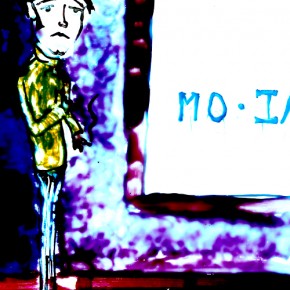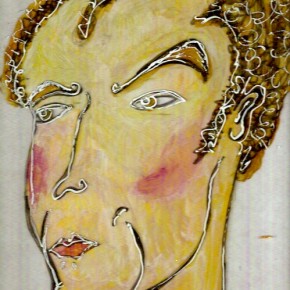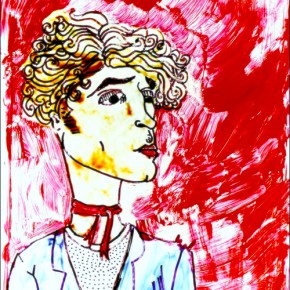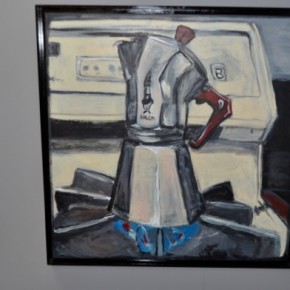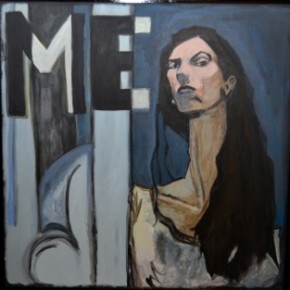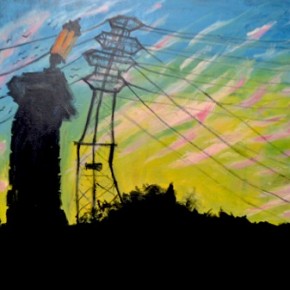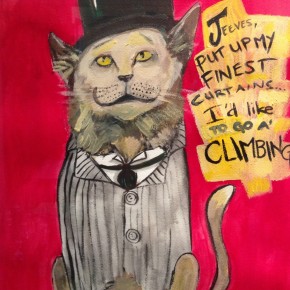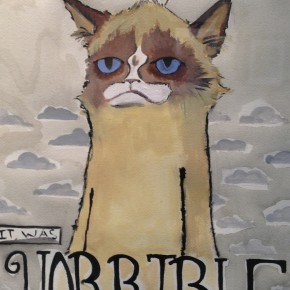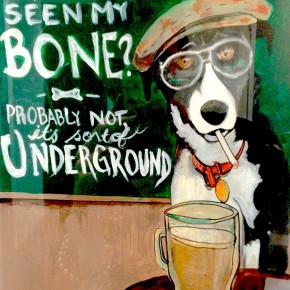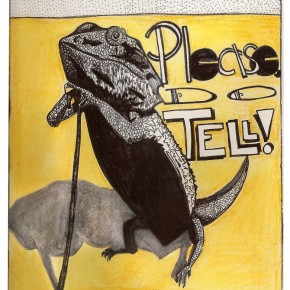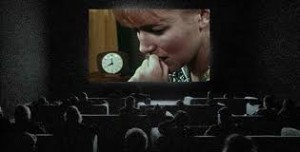Any Psalm You Want
A collection of poetry
By Khary Jackson
Great poetry should be read aloud. And that’s why it has taken me so long to write this review. From the moment I began Khary Jackson’s Any Psalm You Want, his intense, electrifying language said, “Speak me!” so I did. And then, of course, I had to do it again, still allowing his words to fly trippingly from my tongue, and focusing on meaning, the sum total of passionate imagery, metaphor, symbol, historical allusion—of communication vibrant and intense. This is a brilliant book.
In poem after poem, Jackson impresses with wonderful connections between the mundane and the symbolic. In “From Antonio(Stradivari)”(p. 82), he connects the shape of Stradivarius’ violins with the shape of his first wife, Francesca, so the tender care with which he shapes his instruments becomes a love poem to his wife.
In “Abandoned House – for Detroit,”(p. 22) the emptiness of walls and floors becomes painful embarrassment to the life that once lived there—the loves, the hates, the arguments, the happiness: “When you’ve become an abandoned house,/your job is to remain still, to apostle your pride, to deny the mother’s voice in your bedroom ceiling,/ deny the father’s peppered steak in the kitchen,/deny the son’s fantasies in your shower.”
In “Enactment,”(p. 13) he twists the concept of a Civil War Reenactment, so that’s it’s gang versus gang in a drive-by, leaving a young boy “to twist his torso, yank his limbs to the choreographed puncture of lungs, thump the grass without bracing his fall, . . . and from somewhere near, from everywhere, a forty-year old black woman will howl for her boy. Her hands will shred the air.”
The historical fact of George Washington getting false teeth from the mouths of slaves, in “The Borrowed Mouth,” (p. 63) becomes an ironic speculation on why those teeth did not assume control, why their voices did not take over and speak through him in his political addresses, bewildering his audience with visions of a slave’s life from the mouth of the president.
In “Apologies to a House Party,” (p. 49) Nina Simone’s voice is background music at a party, yet the chatter goes on, no one’s really listening, and he wants to rage at them for silence, for the bluesy passion of her voice symbolizes the gritty injustice of Black experience: “Nina Simone’s giving birth while we stare at the wall./She is hunched over the coffee table wailing Mississippi Goddam!”
Jackson also impresses with the range of his poetic material. His titles alone document that he is well-read, constantly listening to the pulse of the world, and finding ways to intertwine the historical and modern: Such titles as “From Leadbelly to Kurt Cobain,” “John the Baptist—2nd Coming,” “Frida in Detroit,” “George Gershwin Writes Janis Joplin upon Hearing Her Version of Summertime,” “Esperanza Spalding Plays Her Bass At The White House show that he tunes his poetic ears and eyes to the world.
In “Rosa Parks (or Blue Grass, Part II,)” (P. 70) Rosa Parks, Robert Johnson, Bessie Smith and Scott Joplin, intermingle with 50 Cent, Lil Kim, Eminem, Dr. Dre, and John Legend in a musical, historical collage reminiscent of the old tv show “Meeting of Minds,” where say Thomas Jefferson would sit and talk with Genghis Khan, Plato, and Queen Victoria. A wonderful imagination is at work in these poems.
In short, this is one terrific book by one terrific author. For intense beauty of language, for impassioned feelings, no matter what the topic, for poetic significance found in simple, tangible objects, read Any Psalm You Want, by Khary Jackson—aloud!
Bruce Roberts, April, 2013

